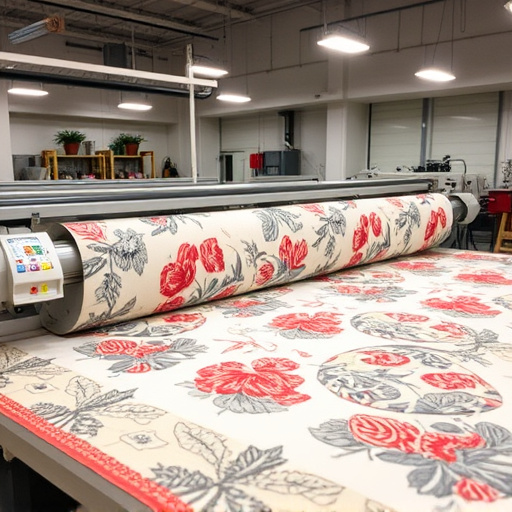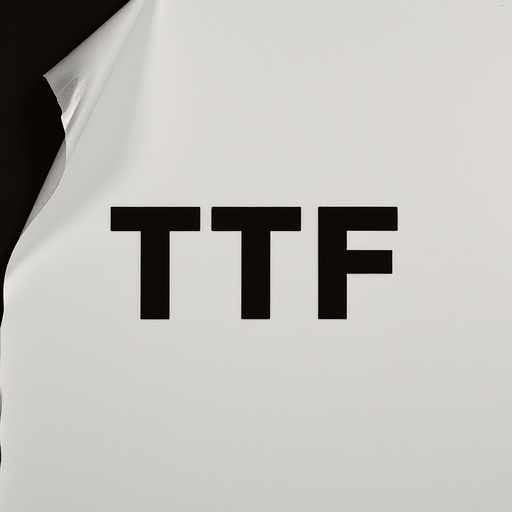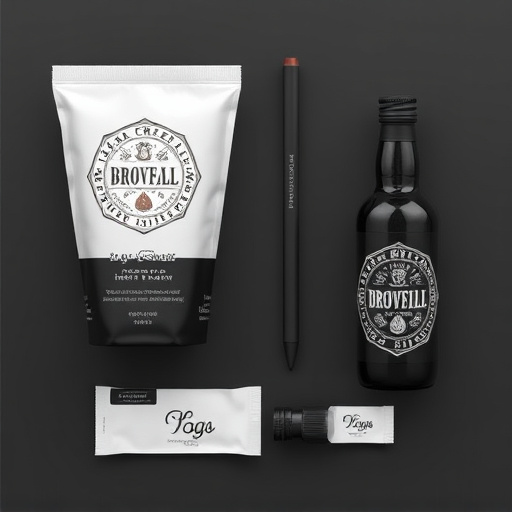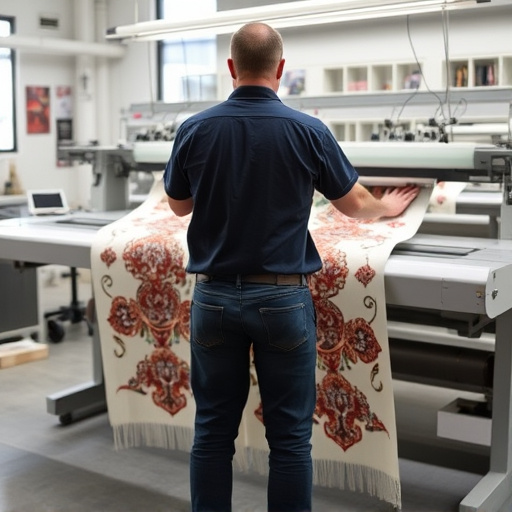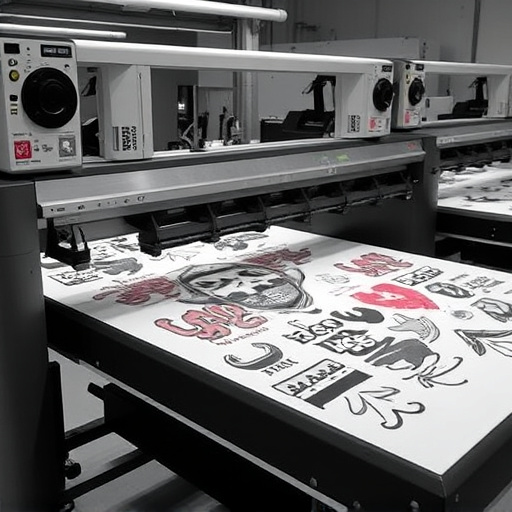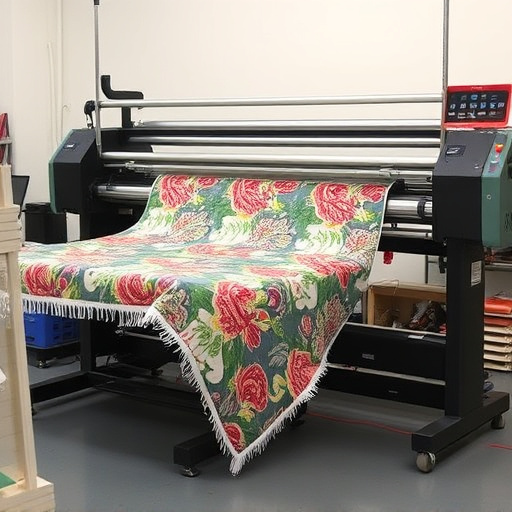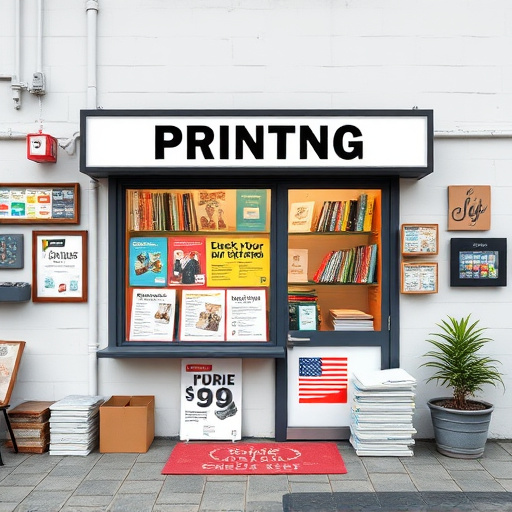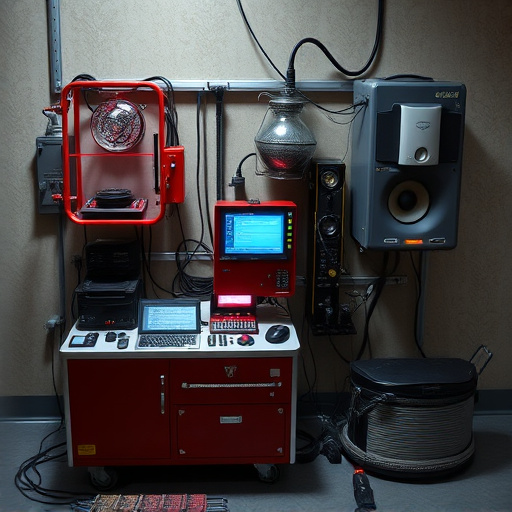DTF Technology has transformed apparel manufacturing by offering fast, precise, and environmentally friendly printing directly onto fabric. This game-changing method allows intricate designs with vibrant colors, enabling personalized, on-demand clothing production. From small businesses to independent designers, DTF Technology democratizes fashion, providing cost-effective solutions for creating unique and high-quality garments while reducing waste.
“Discover how DTF Technology is revolutionizing the apparel industry with its advanced capabilities. This article explores the evolution of Direct to Fabric (DTF) technology, from its humble beginnings to becoming a game-changer in manufacturing. We delve into compelling success stories showcasing real-world applications and quantifiable benefits, including improved efficiency, reduced waste, and enhanced product quality. Additionally, we peer into the future, examining emerging trends and projections for DTF Technology‘s role in shaping sustainable and innovative apparel production.”
- The Evolution of DTF Technology in Apparel Manufacturing
- – Brief history and development of Direct to Fabric (DTF) technology
- – Key advancements that have made it a game-changer in the apparel industry
The Evolution of DTF Technology in Apparel Manufacturing
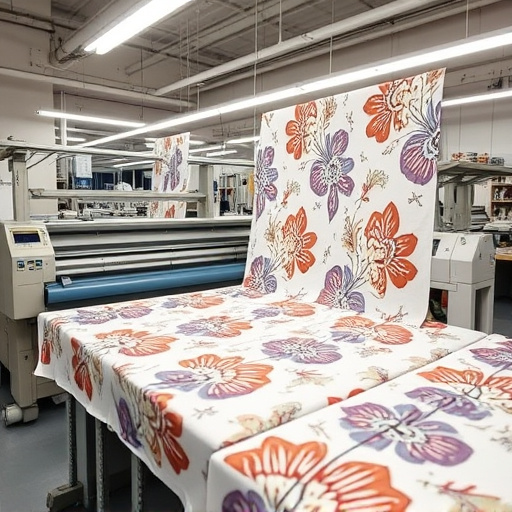
The evolution of DTF (Direct to Fabric) Technology has been nothing short of revolutionary in the apparel manufacturing industry. What once was a labor-intensive process involving multiple steps and limited customization, has now transformed into a streamlined, efficient method that offers endless creative possibilities. DTF technology allows for direct printing on fabric, enabling designers and manufacturers to produce unique, high-quality garments at scale. This advancement has democratized the fashion industry, empowering small businesses and independent designers to compete with larger brands.
With the introduction of advanced DTF printers and innovative dtf heat transfer paper, the process has become faster, more precise, and environmentally friendly. Today’s best DTF printers are capable of delivering intricate designs with vibrant colors and exceptional detail, ensuring each garment is a masterpiece. This technology also allows for on-demand printing, reducing waste and enabling brands to offer personalized, made-to-order clothing options. The versatility of DTF transfer techniques has opened doors for creating everything from custom t-shirts to sophisticated fashion collections, solidifying its place as a game-changer in the apparel landscape.
– Brief history and development of Direct to Fabric (DTF) technology
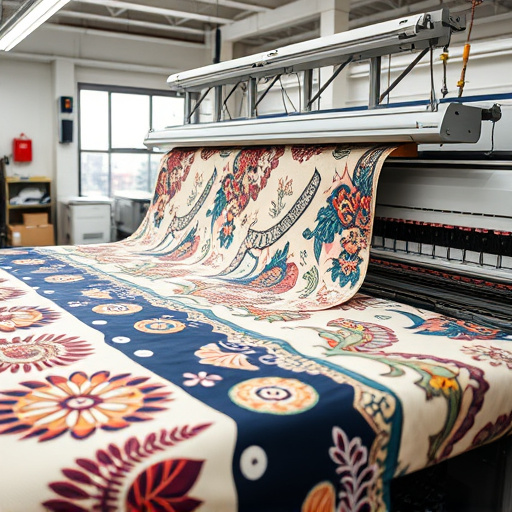
Direct to Fabric (DTF) technology has evolved significantly over the past few decades, transforming the apparel industry with its advanced capabilities. The concept of applying designs directly onto fabric using specialized techniques dates back to ancient times, but modern DTF technology emerged as a game-changer in the digital printing realm. This innovative process allows for intricate and vibrant designs to be transferred onto various fabrics with exceptional precision, opening up new possibilities for apparel designers and manufacturers.
The development of DTF technology is characterized by advancements in inkjet printing and digital imaging. Early forms involved manual application of inks using brushes or stamps, but technological leaps led to the creation of dtf transfer sheets and advanced dtf prints. Today, dtf printing offers a fast, efficient, and cost-effective solution for creating custom apparel designs, enabling businesses to produce limited-edition pieces and cater to diverse customer preferences. This dynamic technology continues to revolutionize the way we approach textile design and production, pushing the boundaries of what’s possible in the fashion industry.
– Key advancements that have made it a game-changer in the apparel industry
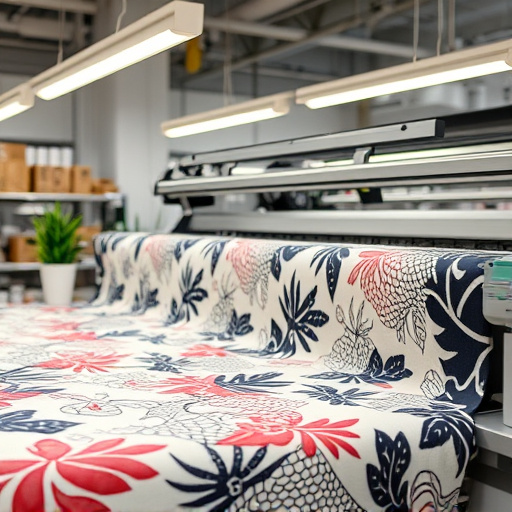
The apparel industry has witnessed a significant transformation with the advent of Direct to Fabric (DTF) Technology, marking a substantial leap forward in terms of efficiency and design capabilities. This cutting-edge innovation allows for direct printing onto fabric, eliminating the need for traditional methods like screen printing or heat transfer. DTF for t-shirts and other garments has revolutionized the way clothing brands bring their designs to life, offering unparalleled versatility and speed.
One of the key advancements that sets DTF Technology apart is its ability to handle intricate details and complex designs with precision. It enables the creation of vibrant, high-resolution prints on a variety of fabric types, ensuring colors remain rich and lasting. Moreover, DTF offers cost-effectiveness by reducing set-up times and minimizing waste, making it an attractive option for small and large-scale clothing brands alike. With its ability to seamlessly incorporate logos and custom designs onto clothing, DTF has become an indispensable tool for those seeking to create unique, on-trend apparel.
In conclusion, DTF Technology has emerged as a revolutionary force in the apparel manufacturing sector. By streamlining production processes and offering unparalleled design flexibility, it has enabled brands to create unique, high-quality garments with speed and efficiency. As this technology continues to evolve, its impact on the industry is set to grow, shaping the future of fashion and empowering designers worldwide.


